Category Archives: Newspapers
72% of Americans follow local news closely
According to a new Pew study released yesterday 72% of Americans follow local news closely. Some interesting tidbits…
Nearly three quarters (72%) of adults are quite attached to following local news and information, and local newspapers are by far the source they rely on for much of the local information they need. In fact, local news enthusiasts are substantially more wedded to their local newspapers than others. They are much more likely than others to say that if their local newspaper vanished, it would have a major impact on their ability to get the local information they want.
It seems likely that Front Porch Forum members draw more from this portion of the population as well. In Burlington, Vt., for example, FPF has 10,000 members out of the 16,000 households in the city. More from Pew…
Local news consumers are more connected to their communities than others, both in length of time in the community and in their connection with neighbors, and more likely to think they can improve their communities. Roughly three in 10 have lived in their community 20 years or longer (32% vs. 20% of others), and thus not surprisingly are more likely to know all of their neighbors. This is driven largely by local news enthusiasts age 40 and older. As a whole, local news enthusiasts are also slightly more likely than other adults to believe they can have a big impact on making their community a better place to live.
Less than half of these local news enthusiasts use online social networking (6% less than other adults), and less than 1 in 10 use Twitter, although 78% use email and the internet…
Pew states that these local news enthusiasts know their neighbors more than others…
And that they believe more than others that they can have a positive impact on the place where they live…
Out of Pew’s sample, 7% of the local news hounds reported using neighborhood e-newsletters…
AOL acquires Outside.in for $10 million
From Lost Remote today…
AOL is acquiring the hyperlocal blog aggregator Outside.in for $10 million, reports TechCrunch. That’s $4.4 million less than Outside.in’s total funding to date. As you might imagine, AOL plans to integrate Outside.in’s aggregation in Patch, its network of hyperlocal news sites.
The acquisition means that Patch can beef up its coverage through aggregation, which conceivably would include links to competing hyperlocal newspapers and blogs. Or similarly, Patch can reduce its original coverage by relying more on aggregation. Either way, today’s news illustrates that AOL is still invested in Patch’s success.
UPDATE: Good commentary going on about this acquisition and broader themes… here, here and elsewhere. A concise analysis was offered in this tweet about mega-chains of hyperlocal sites…
because they have no soul — RT @marshallk: why haven’t hyperlocal news services like Outside.in, Everyblock or Fwix won over the public? mathewi
UPDATE 2: Mathew Ingram has a good take on all this on GigaOm.
Coyotes in Suburban South #BTV #VT
Traditional media frequently uses Front Porch Forum for story leads. Today it’s the Burlington Free Press covering coyotes in suburban South Burlington…
In the wake of a rabid coyote attack last year on several people in Westchester County, N.Y., coyote-spotters have maintained a lively dialogue on the Butler Farms Front Porch Forum.
Chuck LaBombard, who has lived in the Oak Creek development for 11 years, is one of them.
“The coyote population has continued to increase during the past decade and I get it. We live in their territory,” he wrote in a January post.
“To occasionally see them on the golf course or in back of the development is one thing. To routinely see them on our sidewalks is totally another,” he continued. “Imagine if a child s pooked them or a lone adult was in the wrong place at the wrong time. My 11-year-old daughter is becoming afraid to play in her own yard… front or back! I am not a house-on-fire kind of person, but I am concerned!”
LaBombard and other neighbors have found no easy fix, and Police Chief Trevor Whipple has cautioned them against frontier justice in a crowded neighborhood: Firearms discharge is illegal within city limits…
Newspaper ad spending tumbling… Online ad revenue ascending
Greg Sterling’s post today provided food for thought about online advertising…
U.S. newspapers are indeed in deep financial straights. Here’s a chart from Newspaper Association of America data…
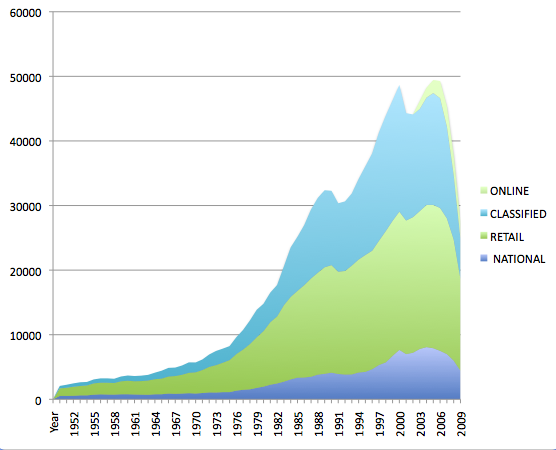
U.S. newspaper revenue from classified, local and national ads are all contracting rapidly, while their income from online ad sales is still tiny in comparison. Total ad sales in 2006 was about $49 billion and in 2009… $27 billion. Wow. U.S. newspaper online ad sales has held at about $3 billion for the past four years.
However, stepping away from newspapers for a moment, online advertising overall is growing impressively. Charts from eMarketer project U.S. digital ad spending raising steadily at 10-14% from 2009 to 2014. Newspapers’ slice of that $25 billion pie is relatively narrow… only about $3 billion.
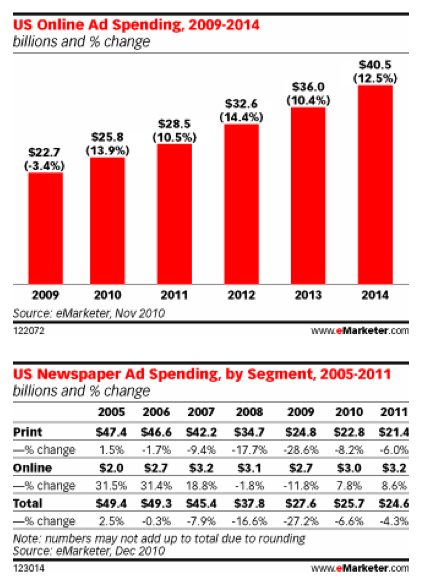
Will online ad spending continue to climb at this rate? Will it come at the further expense of newspaper ad spending? Does this Harris poll offer a clue?
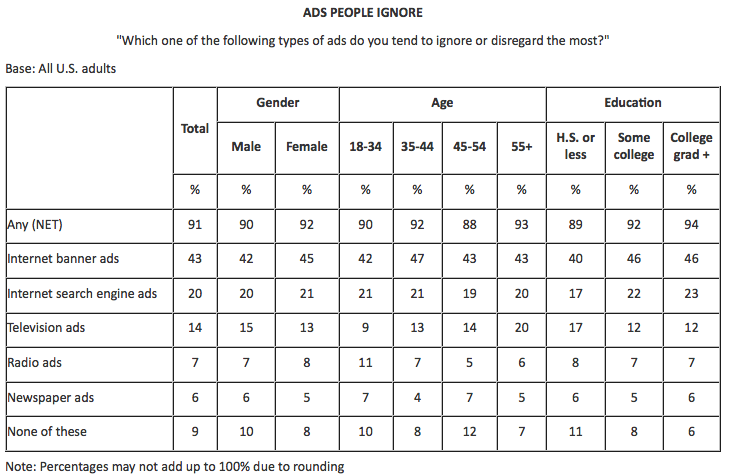
People tell us they read the ads on Front Porch Forum… and our sponsors keep buying the space. Hard to know where this is all headed… but I do know that we get lots of businesses knocking on our door.
Traditional Media’s Pack-like Approach to News
James Fallows article about Google and the news industry is worth a read. He hears from several Googlers who think that it’s all about (1) distribution, (2) engagement and (3) monetization. All critical elements, of course, but what’s missing is the dumbing-down of news we’ve witnessed over the past few decades. What do these elements matter — reaching people, getting them to read, and turning a buck — when all you have to offer is USAToday-type snippet-size pieces about the same topics over and over?
Here’s how Google’s Krishna Bharat put it in Fallows’ piece…
… he said that what astonished him was the predictable and pack-like response of most of the world’s news outlets to most stories. Or, more positively, how much opportunity he saw for anyone who was willing to try a different approach.
The Google News front page is a kind of air-traffic-control center for the movement of stories across the world’s media, in real time. “Usually, you see essentially the same approach taken by a thousand publications at the same time,” he told me. “Once something has been observed, nearly everyone says approximately the same thing.” He didn’t mean that the publications were linking to one another or syndicating their stories. Rather, their conventions and instincts made them all emphasize the same things. This could be reassuring, in indicating some consensus on what the “important” stories were. But Bharat said it also indicated a faddishness of coverage—when Michael Jackson dies, other things cease to matter—and a redundancy that journalism could no longer afford. “It makes you wonder, is there a better way?” he asked. “Why is it that a thousand people come up with approximately the same reading of matters? Why couldn’t there be five readings? And meanwhile use that energy to observe something else, equally important, that is currently being neglected.” He said this was not a purely theoretical question. “I believe the news industry is finding that it will not be able to sustain producing highly similar articles.”
Moderating Front Porch Forum in our region while monitoring the local media in our corner of Vermont, I can share that “tonight’s top stories,” as decided by local professional editors, don’t always align with what neighbors are discussing on FPF. Indeed, a service like FPF is a great way to uncover the other hundred stories that don’t get picked up by traditional local media.
Help distribute millions of dollars for local news projects
Front Porch Forum is in the running again for a Knight News Challenge grant. Check out our entry here and please give it five stars! (Just click on the rightmost star.) We’d love to read your comments about the proposal too (scroll to the bottom of our News Challenge page to leave a comment).
Thanks and thanks too to the Knight Foundation… they catalyze and fund loads of important work at the intersection of local news, community, democracy and technology.
Bringing public officials to the neighborhood level
The local Gannett outlet published an opinion piece yesterday about Front Porch Forum and social media…
… the writer is unfortunately misinformed about the depth and effectiveness that has been reached in filling the gap between formal local government assemblies by the Front Porch Forum… The FPF creators chose to capture its audience at the neighborhood level because people already naturally choose to organize and deal with critical issues in their lives at this level. So, in a way, the FPF forces government officials to “come down” to the neighborhood level and speak more openly about what they intend…
About Blog
Ghost of Midnight is an online journal about fostering community within neighborhoods, with a special focus on Front Porch Forum (FPF). My wife, Valerie, and I founded FPF in 2006... read more
Post Categories
- Uncategorized
- PDF2009
- Calendar
- Northeast Kingdom
- podcast
- Peer Rental
- Localization
- Big Tech
- Events
- PDF2007
- Web Traffic
- Google AdSense
- Pay It Forward
- Elections
- berkmansunlight
- Maps
- Video
- Upstate New York
- Coupons
- Wildlife
- Mobile
- Viral Marketing
- Raffle
- Crisis Response
- Donations
- Lost & Found
- Real Estate
- College Students
- Gratitude
- Social Responsibility
- Orton Family Foundation
- Start ups
- Make It Your Own Awards
- Online Civility
- Clay Shirky
- Newspapers
- Humor
- How To Use FPF
- Online Classified Ads
- Best of FPF
- Peer Reviews
- Politics
- Community Management
- Economic Development
- Local Reviews
- Case Foundation
- Borrow and Lend
- Neighborhood Watch
- Good Government
- Small Business Advertising
- Citizen Journalism
- e-Vermont
- Democracy
- Local Search
- Knight Foundation
- Burlington
- MacArthur Fellows
- Civic Engagement
- Social Media
- social capital
- Social Networking
- Vermont
- Neighborhood
- Community Building
- Local Online
- Front Porch Forum
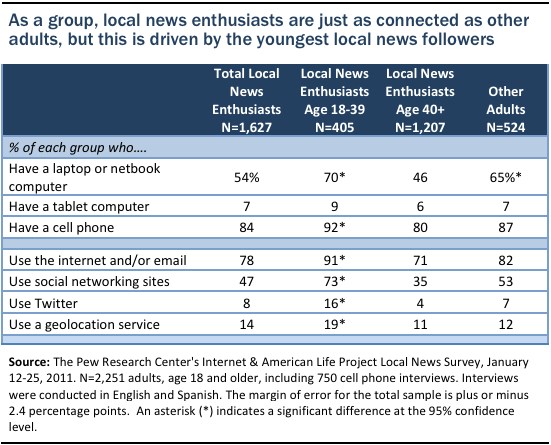
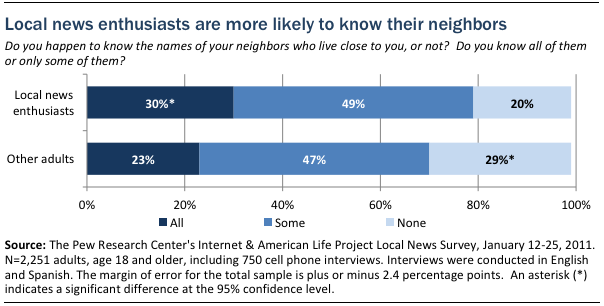
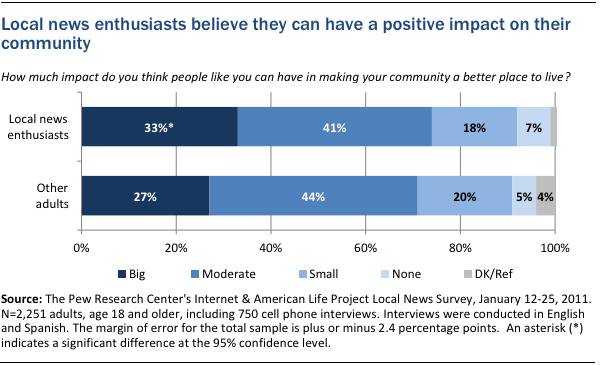
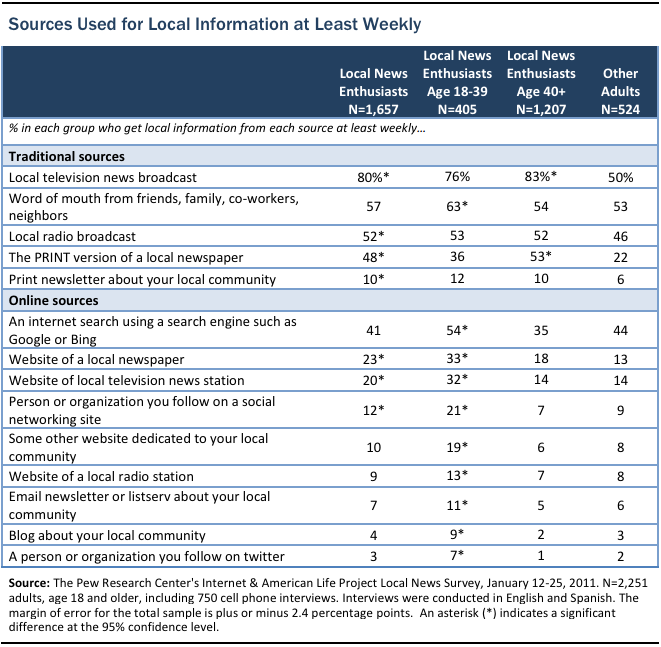
 I have been doing some genealogy research lately and came across this:
I have been doing some genealogy research lately and came across this: